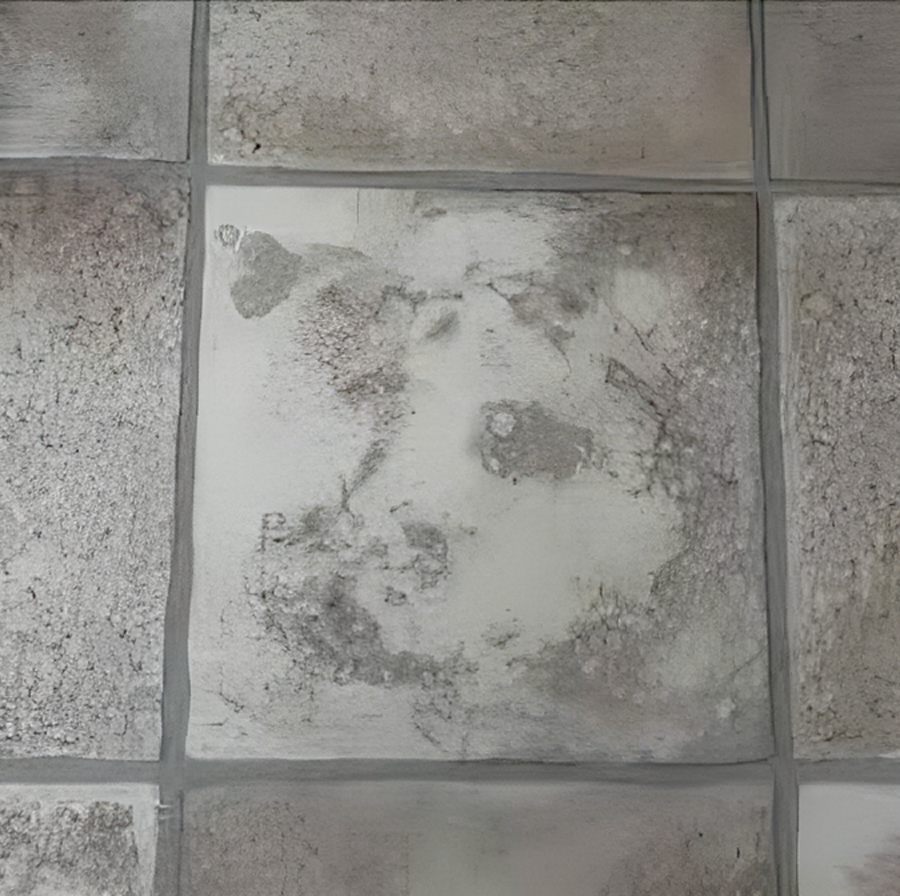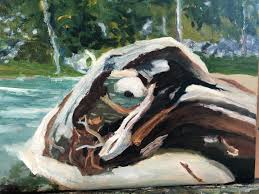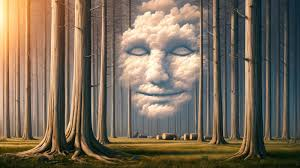What is Pareidolia?
Have you ever looked up at the clouds and seen a face smiling back at you, or glanced at a tile floor and noticed a ghostly visage? If so, you’ve experienced pareidolia, a psychological phenomenon where our brains perceive familiar patterns—often faces—in random stimuli. This quirk of human perception is deeply rooted in our evolution and continues to captivate our imagination.

In essence, pareidolia occurs when the brain assigns meaning to random shapes, patterns, or sounds, making us see faces, animals, or even entire scenes where none exist. For example, in a worn floor tile, the placement of a few stains or cracks can create the illusion of eyes, a nose, and a mouth, transforming an ordinary tile into something that seems almost alive.
Why Do We See Faces Everywhere?
The Evolutionary Advantage
Our brains are hardwired to recognize faces—a trait that has provided significant survival advantages. In prehistoric times, the ability to quickly identify faces allowed early humans to distinguish between friends and foes, facilitating social bonding and cooperation. This skill, honed over thousands of years, is so deeply ingrained that even today, our brains will find faces in unexpected places. Whether it’s the front of a car or a pattern on a tree trunk, our brains will instinctively pick up on any resemblance to a face.
This face-detection mechanism is associated with a specific part of the brain called the fusiform face area (FFA), located in the temporal lobe. This area is incredibly sensitive and can process face-like patterns in as little as 130 milliseconds, which is why we might see a face in a cloud or a random arrangement of objects before our conscious mind even realizes it.
The Role of Pattern Recognition
Our brains are also excellent at identifying patterns, a skill that helps us make sense of the chaotic world around us. This ability to find patterns where there might not be any—such as seeing a face in a rocky cliff or a silhouette in a shadow—is at the heart of pareidolia. When we encounter ambiguous stimuli, our brains automatically fill in the gaps, often constructing familiar shapes, like faces, to create order from randomness.
The Tile Face: An Everyday Example
Imagine walking across a tile floor and noticing what seems to be a faint face staring back at you. How did this come to be? In this instance, the rough texture and natural imperfections of the tile, such as smudges or discolorations, have unintentionally formed a pattern resembling a face. Perhaps two darker spots serve as “eyes,” a crack or indentation forms a “nose,” and a faint curve hints at a “mouth.”
This is a classic case of pareidolia in action. The tile itself is entirely ordinary, yet our brains turn it into something more—a hidden character lurking in plain sight, waiting to be discovered. For some, this can be a delightful surprise, while for others, it may even feel slightly eerie, as if the inanimate world is coming to life.
Pareidolia Beyond Faces: Finding Art in the Ordinary

While faces are the most common shapes we perceive through pareidolia, this phenomenon extends far beyond simple facial recognition. Artists, for instance, often draw inspiration from pareidolia, seeking out hidden images in natural formations or urban settings. By embracing pareidolia, they invite viewers to look closer and find beauty in the unexpected.
Natural Art: Beauty in the Mundane
The tile face can be seen as an unintentional work of art, created by the forces of nature and time. It serves as a reminder that art isn’t limited to galleries or museums; it can be found in the most mundane places if we take the time to look. Throughout history, artists like Leonardo da Vinci and Salvador Dalí have embedded hidden faces and figures within their works, challenging audiences to see beyond the obvious. This concept of finding art in the ordinary continues to inspire modern artists who incorporate pareidolia into their creations.
Pareidolia in Contemporary Art
Today, street artists and photographers often use pareidolia to their advantage. By incorporating natural elements—such as cracks in walls, shadows, or peeling paint—they can create scenes that resonate with our innate tendency to seek out familiar shapes. Urban landscapes come alive with hidden characters, and what might seem like an unremarkable street becomes a canvas filled with stories waiting to be discovered.
Why Embracing Pareidolia Can Enrich Our Lives
Some people may dismiss pareidolia as a mere brain trick, but it actually speaks volumes about our ability to find meaning and wonder in the world around us. Pareidolia invites us to see the extraordinary in the ordinary, turning everyday objects into sources of fascination.

A New Perspective on Daily Life
By acknowledging pareidolia, we can cultivate a sense of curiosity and appreciation for the little things. It encourages us to slow down, observe our surroundings, and find joy in unexpected places. When we see faces on a tile floor or shapes in the clouds, we’re reminded that there’s more to the world than meets the eye.
A Creative Tool for Artists and Storytellers
For creatives, pareidolia is a powerful tool. It challenges them to explore the world from new angles, drawing inspiration from random patterns and shapes. By tapping into this phenomenon, artists and writers can create works that resonate deeply with audiences, as viewers bring their own experiences of pareidolia to the table. This shared ability to see beyond the surface creates a unique connection between the creator and the audience.
The Neuroscience Behind Pareidolia
While pareidolia is often described as a fun quirk of human perception, there’s a scientific basis behind it. Researchers have found that the fusiform face area in the brain is specifically tuned to detect facial features, even when they’re not fully present. This region is so adept at processing faces that it can identify them in as little as a fraction of a second.
Studies also suggest that this brain region is activated not just by real faces, but also by abstract shapes that vaguely resemble faces. This quick, automatic response is what allows us to find faces in clouds, tree bark, and, of course, worn floor tiles. It’s a testament to the incredible adaptability of the human brain, which is always on the lookout for meaning in the world around us.
Conclusion: Finding Magic in the Mundane
The next time you walk across a tiled floor, gaze at a cloud-filled sky, or notice a pattern on a wall, take a moment to look closer. You might just discover a face staring back at you. Pareidolia reveals not only our brain’s remarkable ability to interpret the world, but also our innate curiosity and appreciation for the hidden wonders around us.
So, embrace pareidolia. Allow yourself to see the world with fresh eyes, finding art and meaning in the simplest of objects. After all, these small moments of recognition remind us that there’s magic everywhere—if we’re willing to see it.